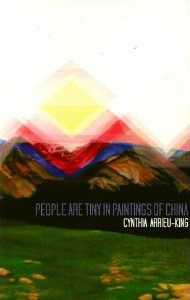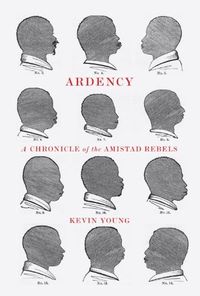It’s become a little bit of a tradition for us to post a list of books recommended by the LR Blog writers and editors just before the holidays. In keeping with that tradition, we’ve surveyed the staff team and have put together a list of titles that we enjoyed reading this year and think that you might like, too. Here are our end-of -year Staff Picks for 2011:
* * *

People are Tiny in Paintings of China
by Cynthia Arrieu-King
Octopus Books, 2010
Recommended by Iris:
“I lost my father in late 2010, and the delicate—almost brittle—transparency of this collection (which has much to do with fathers and familial heritage) struck me to the bone. Arrieu-King’s language is beautifully evocative, but economical; her poems are rendered with slim, decisive strokes that are as breathtaking for their clear-eyed, precise minimalism as they are for their wry, sharply observant (at times downright blunt) commentary. Acts of mathematical counting, division (or inability to divide, as in the case of the poem titled “Prime Numbers”), and serial repetition are motifs in the collection, as are colors, lenses or frames of vision, the contours of landscapes and language. Taken together, these themes serve to magnify and illuminate the speaker’s gaze as she negotiates what it means to claim a multiracial, transnational identity in a world that irrationally desires, even demands, perfectly divisible, concrete forms.”
* * *

Ardency: A Chronicle of the Amistad Rebels
by Kevin Young
Alfred A. Knopf, 2011
Recommended by Mia:
“Kevin Young’s latest book, Ardency, is at once epic and lyric, documentary and wholly imaginative. Written from the perspective of various figures involved in the Amistad rebellion of 1839, the three sections of this book, ‘Buzzard,’ ‘Correspondence,’ and ‘Witness: A Libretto’ unfold in a dramatic reimagining of this moment in history. While it’s true that with this collection, Young ‘[places] himself squarely in the African American poetic tradition pioneered by such writers as Langston Hughes’ (as the Washington Post claims on the book jacket), he also uses it to reinvent the tradition.”
Continue reading “Staff Picks: Holiday Reading Recommendations 2011”
